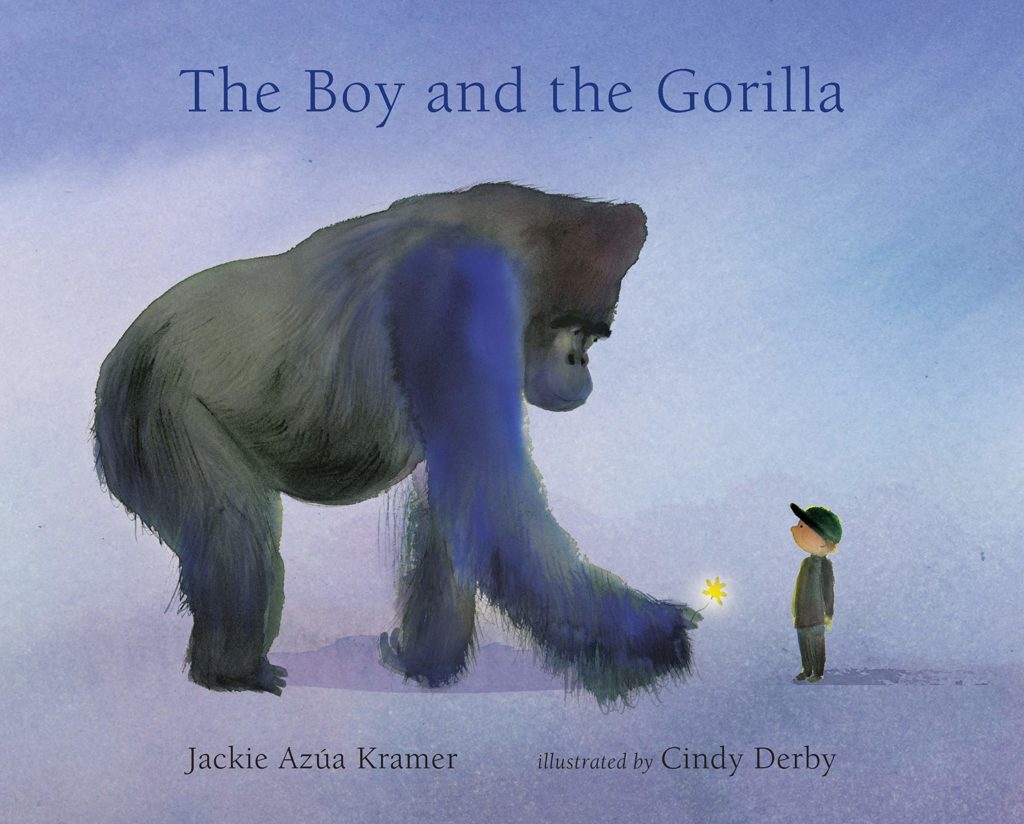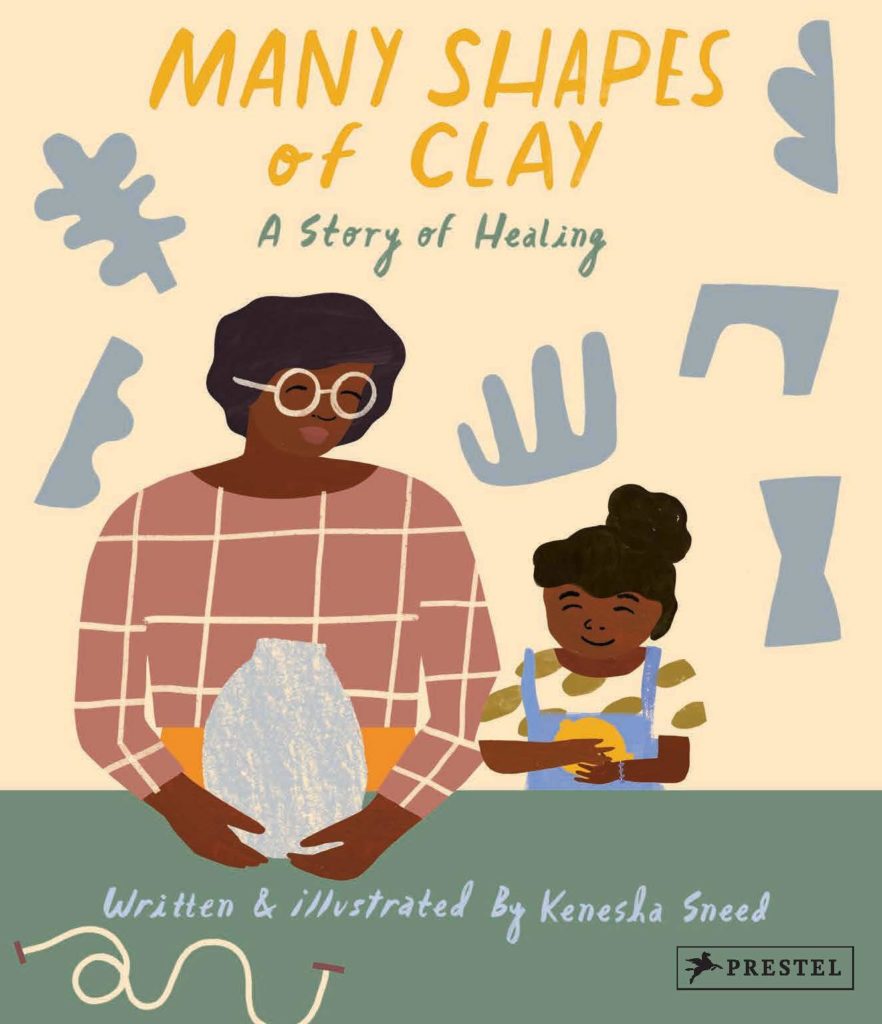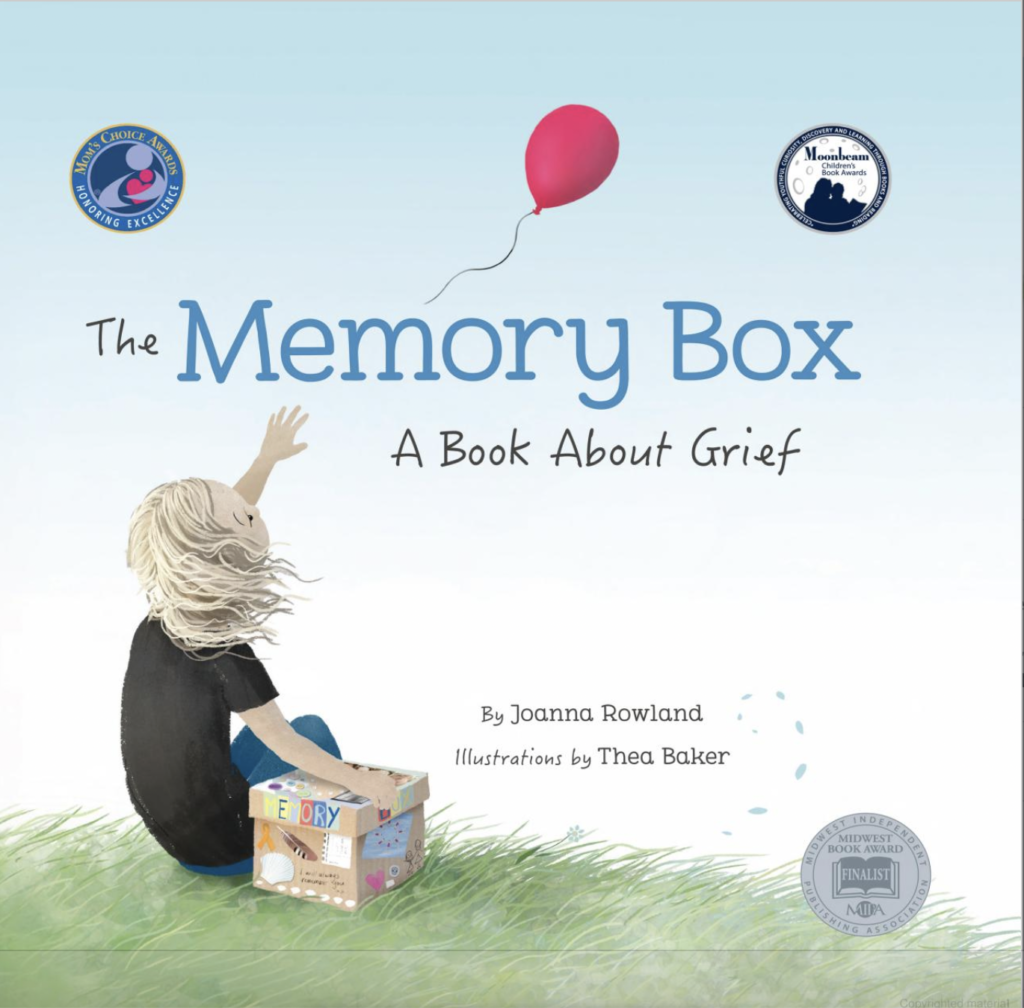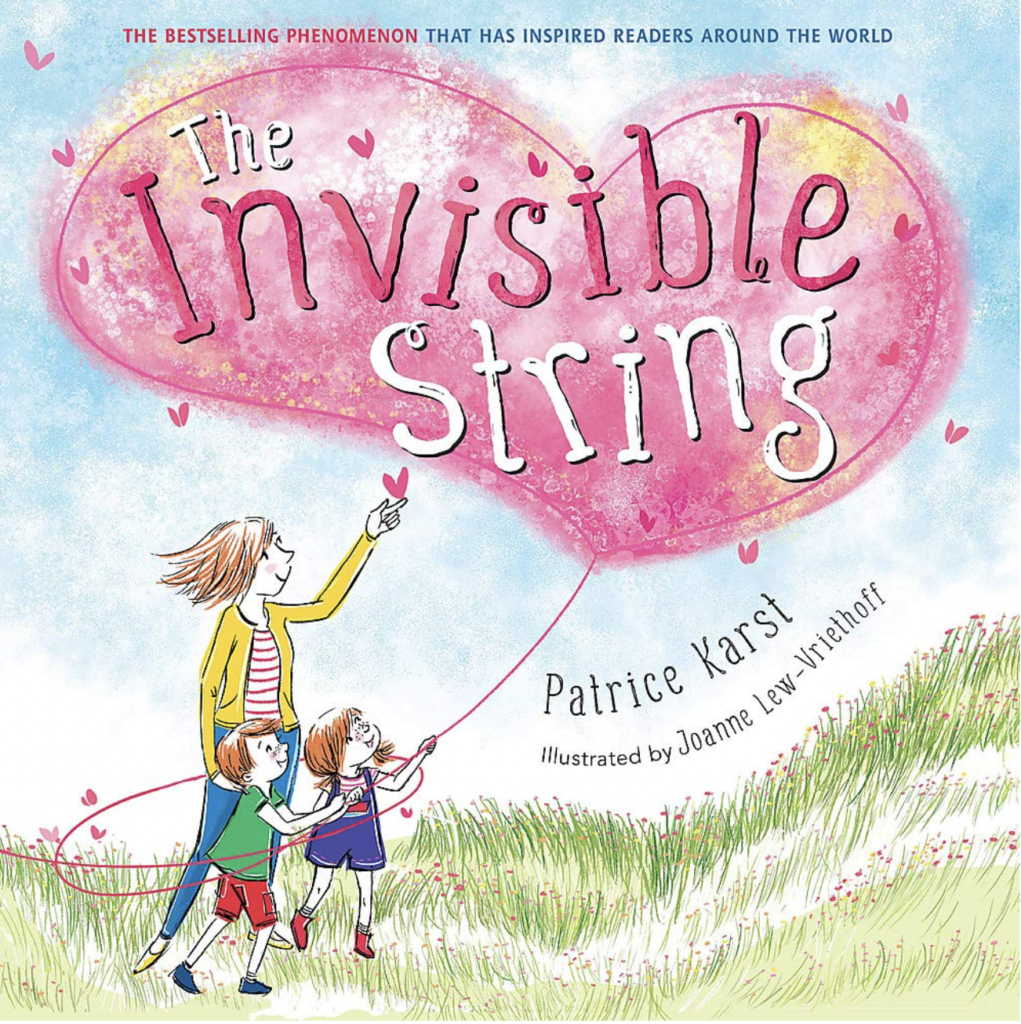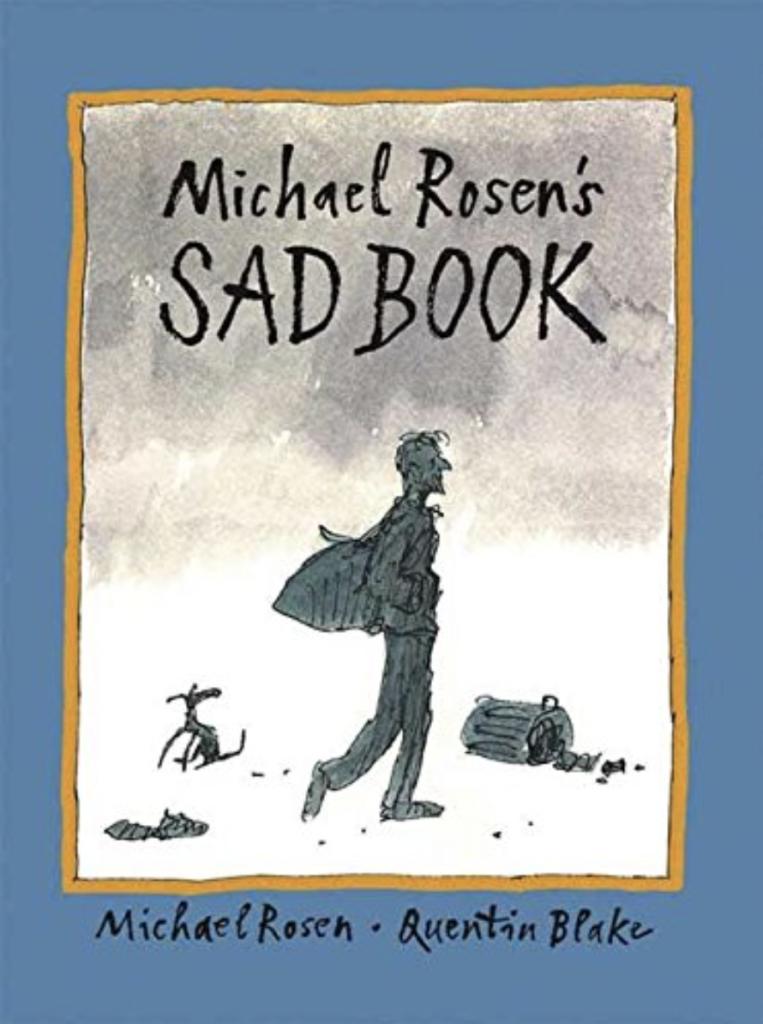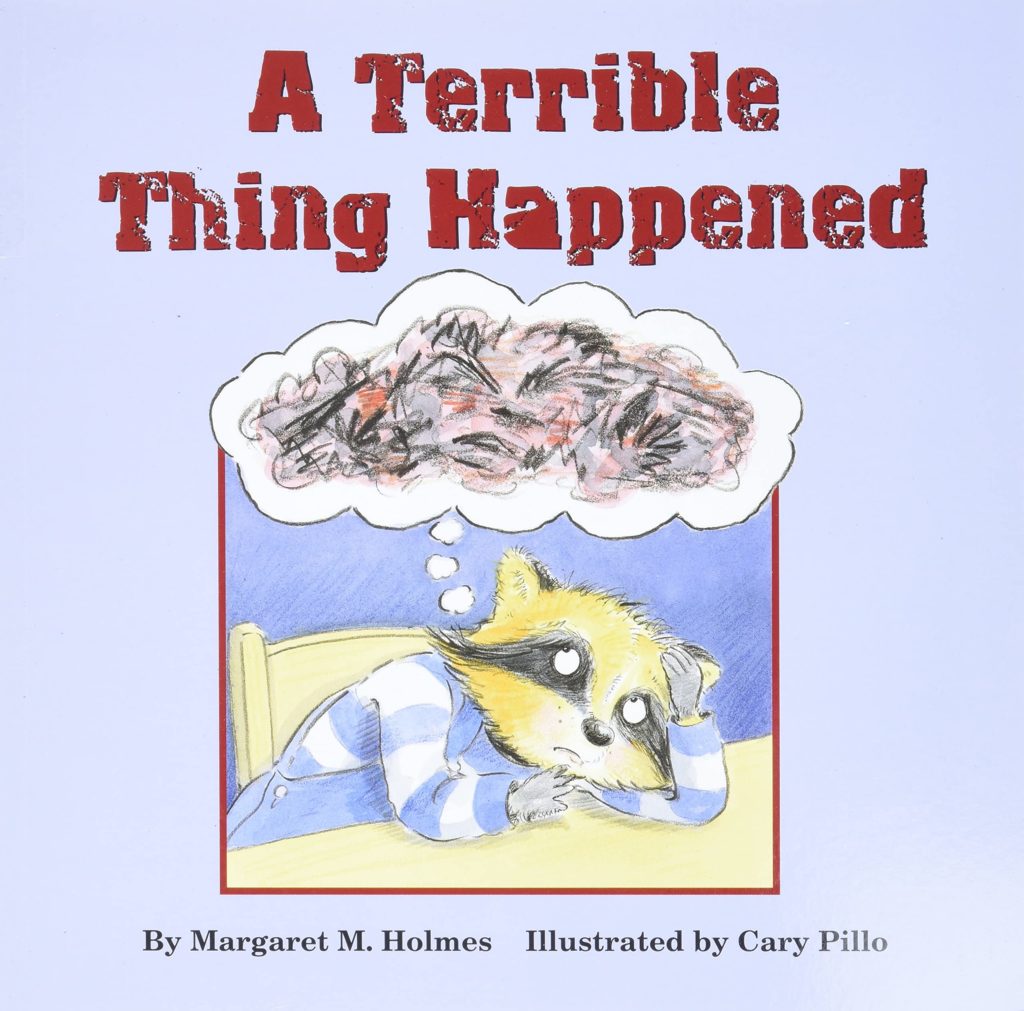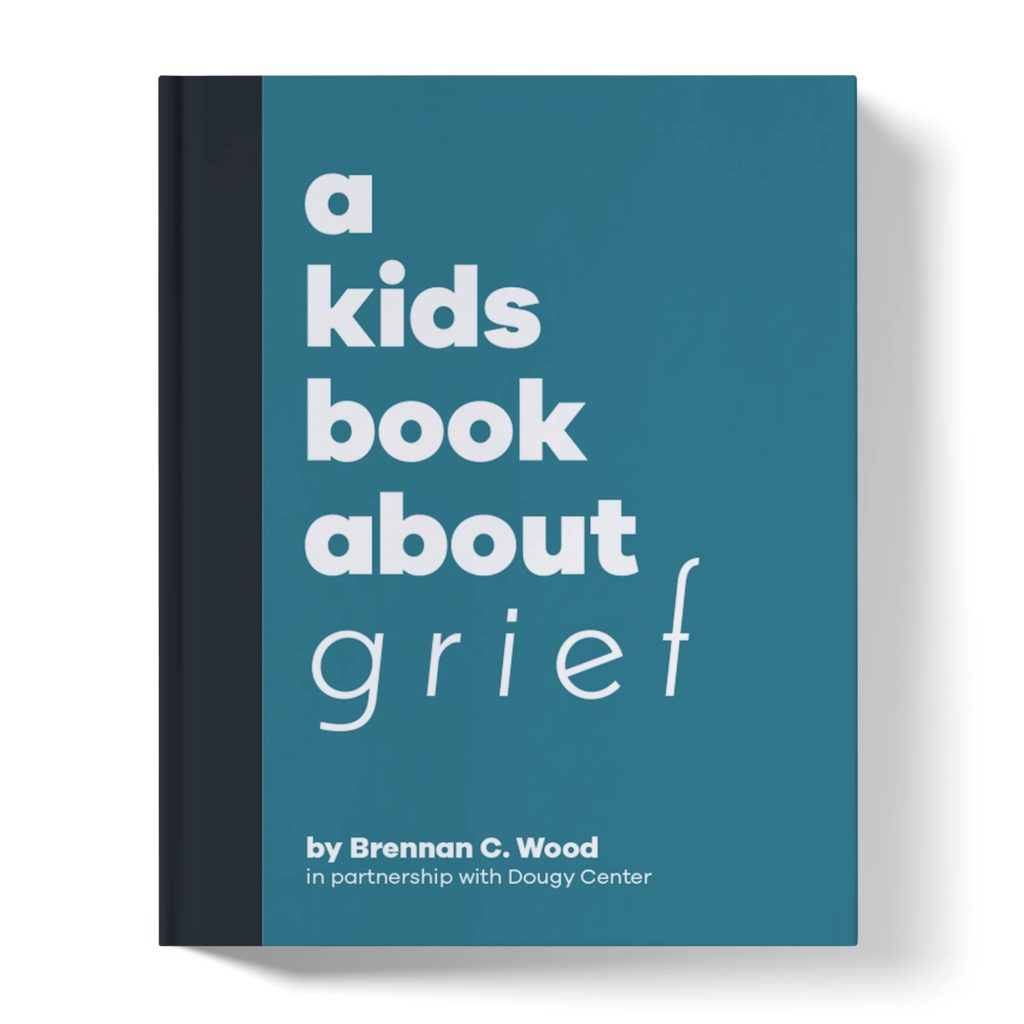9 Children’s Picture Books about Grief
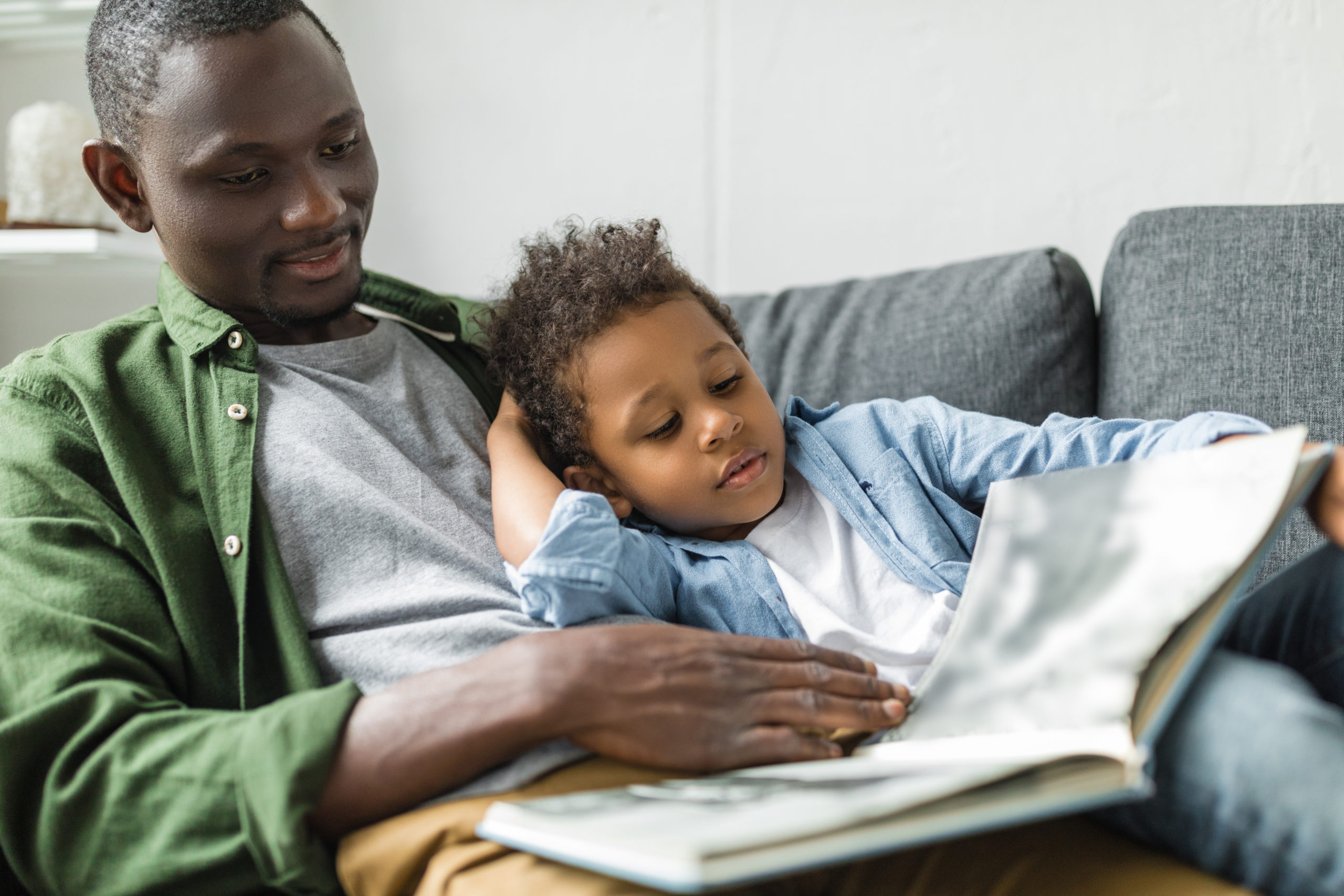
By Brittany Taylor
Grief is complicated. For children in early developmental stages, it can be especially challenging to grasp the concepts of death and loss, let alone deal with all the emotions that come with them. I understand this on a personal level. When I was six years old, I lost someone I loved to suicide: my uncle Chris.
Suddenly, all of my memories with him – taking me fishing, showing me off to his friends at softball games, bringing me glasses of maraschino cherries while out to dinner — were clouded by sadness, confusion, and loss. The stigma associated with how he died only made this pain more difficult.
Now a librarian, my love of books has shown me how “grief lit” can be helpful for kids navigating loss. While the genre is filled with nonfiction guides geared toward adults, fictional stories are more accessible to young readers. They have the unique ability to build empathy and resonate with a wide audience, providing a natural way for both little ones and their parents to explore these tough topics.
Here are some grief-focused picture books I would highly recommend.
1. The Boy and the Gorilla by Jackie Azua Kramer
Ages 4-8
The story: On the day of his mother’s funeral, a young boy creates an imaginary friend in the form of a gorilla to help him cope with his grief. The gorilla helps the boy deal with his loss, answers questions about death, and, eventually, leaves after the boy decides to talk with his father about their joint loss and their memories.
Strengths: With lovely illustrations and powerful dialogue-only text, this book encourages conversation and empathy as a way to deal with grief and promote healing.
2. The Pond by Nicola Davies
Ages 5-7
The story: As a family grapples with the death of their father, a pond in the garden becomes a physical representation of their grieving process. What begins as a “muddy, messy hole” filling their garden (and their hearts) transforms into a thriving space where everyone can celebrate their father’s memory.
Strengths: Although a bit more metaphoric than some of the other titles on this list, the author is open with this symbolism and easily allows the reader to see how one might experience and deal with loss.
3. Many Shapes of Clay: A Story of Healing by Kenesha Sneed
Ages 4-6
The story: Eisha and her mother begin shaping a ball of clay, which reminds Eisha of her late father. After playing around, the clay hardens and breaks, and Eisha struggles to find a way to put it back together. In the process, her mother comforts her, saying, “There are times – many times – when we lose the things we love,” and helps Eisha transform the broken pieces into a necklace. Ultimately, Eisha learns to live with a sense of both loss and of the power that comes from making something new out of what is left behind.
Strengths: Similar to The Pond, Many Shapes of Clay provides a vision of grief that includes hopeful resonances, as Eisha is ultimately able to create beauty out of what was broken.
4. Tear Soup: A Recipe for Healing After Loss by Pat Schwiebert and Chuck DeKlyen
Ages 5+
The story: In this contemporary fable, the grieving process is portrayed through the making of a batch of “tear soup.” As Grandy makes her own unique soup after the loss of her husband, Pops, we learn about the different components of her own grief, while also learning how everyone’s soup ingredients are different. Eventually, Grandy’s soup brings her comfort and helps her tend to her grief in her own way. The end offers “cooking tips” for grievers, as well as places to find help.
Strengths: A highly shareable book, Tear Soup will support the bereaved, affirm their own grieving processes, and help others understand what it means to navigate loss.
5. The Memory Box: A Book About Grief by Joanna Rowland
Ages 4-6
The story: Following a young girl who decides to create a memory box after the death of a loved one, The Memory Box explores the two questions the children often have when experiencing loss: “Will I forget my loved one?” and “What do I do with my feelings?” The girl fills her memory box with mementos and shares memories through writing and conversations with other loved ones.
Strengths: In addition to providing a tangible way for children to tend to their grief, the book sets a foundation for adults and children to talk about grief together. It also contains a guide for helping children process difficult emotions and talk about their grief and the person they lost in a healthy way.
6. The Invisible String by Patrice Karst
Ages 3-7
The story: When twins are scared by a thunderstorm, their mother shares the concept of the invisible string with them. She explains that people who love each other are always connected by “a very special string made of love” that reaches everywhere, even in heaven.
Strengths: The Invisible String provides a colorfully illustrated and broadly applicable coping mechanism for children dealing with anxiety, loneliness, loss, and grief.
7. Michael Rosen’s Sad Book by Michael Rosen
Ages 5-9
The story: In this title, Rosen focuses on sadness, how it can manifest, and how to cope with it. With sometimes colorful and sometimes dark, emotive line drawings, Rosen’s Sad Book identifies the death of his son as the main reason behind his sadness, but also acknowledges that you can feel sad outside of loss. While combating the isolating nature of grief by highlighting that sadness is universal, the book ends with the character’s positive memories of departed loved ones and other things that make him feel happy.
Strengths: Overall, the Sad Book allows kids to examine the many facets of grief, while also providing a glimmer of hope throughout the journey.
8. A Terrible Thing Happened by Margaret M. Holmes
Ages 4-7
The story: Written in straightforward and simple language, this book follows a little raccoon, Sherman, who witnessed something traumatic. Sherman tries to forget what he saw, deals with difficult emotions, and acts out in school. Once he begins meeting with Ms. Maple, a counselor figure, and talking about what happened, he is able to cope with the traumatic experience and his corresponding feelings.
Strengths: With a helpful guide for parents and caregivers at the end of the book, A Terrible Thing Happened frankly discusses the topic of trauma and provides opportunities to open up communication.
9. A Kids Book About Grief by Brennan C. Wood
Ages 6+
The story: In this picture-less picture book, Wood highlights the importance of giving children who experience loss the space and permission to grieve. Recommended as a co-reading book between an adult and a child, the changing fonts explain in unambiguous text what grief is, how it can manifest, and most importantly, that grievers are not alone in their feelings. Emphasizing that grief is natural, normal, and healthy, Wood also stresses the importance of expressing one’s grief.
Strengths: Thoughtful and succinct, this book tackles the complicated nature of grief in a straightforward and powerful way.
Brennan C. Wood is the award-winning Executive Director of Dougy Center: The National Grief Center for Children & Families.
ABOUT THE AUTHOR

Brittany Taylor
Cape native Brittany Taylor attended Nauset Regional High School before earning her bachelor's from Middlebury College and Masters in Library and Information Science from Simmons University. She is currently the assistant director of Provincetown Public Library. The daughter of a Sharing Kindness founding board member and current chairperson, Brittany experienced the pain of suicide loss at six years old, with the death of her Uncle Chris. She hopes to use her community involvement and professional experience to connect people with resources during difficult times. Brittany lives in Orleans with her fiancé, Nick, and their dog, Leroy.


